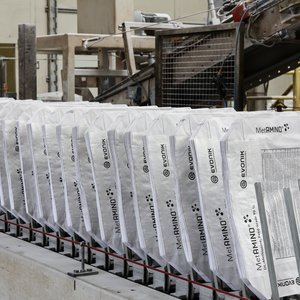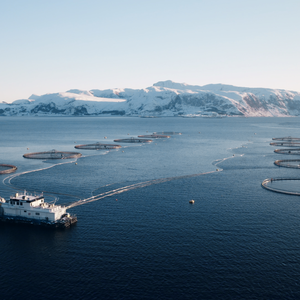The fisheries sector in Việt Nam should use more seafood by-products such as bones, heads and skin to add value to the industry, experts said during an event held between Vietnamese and Norwegian fishery firms on Wednesday in HCM City.
For the last 30 years, Việt Nam and Norway, which are among the top 10 biggest fishery nations in the world, have been working together in the marine industry.
Norwegian firms have been developing technologies and processes to use as much from the fish as possible, or what the industry calls "Marine Rest Raw Materials", to make human and animal food, cosmetics and pharmaceutical products.
Grete Lochen, Norwegian Ambassador in Việt Nam, said that fisheries and aquaculture were contributing greatly to the global food supply, but there was a great need to enhance food security, both through sustainable fishing and aquaculture, and by a higher use of ’rest raw matierals’.
Trần Đình Luân, deputy general director of the Directorate of Fisheries, said that the country’s high-quality seafood was exported to many countries, but that Marine Rest Raw Materials could yield more profits and reduce the need for discharge of waste.
Phan Thanh Lộc, director of VietnamFood, said that such matierals account for a large portion of the input in fishery, especially shrimp, and contain a great deal of nutrition.
They can bring great value to firms and sustainable development to Việt Nam’s fishery industry, he said.
Vietnamese firms have been using a small fraction of the "rest raw material" as Vietnamese technologies for processing the materials are still limited.
More research and investment into technologies, as well as trade promotion, are needed to make use of these highly profitable materials, according to Lộc.
Source: Vietnam News










